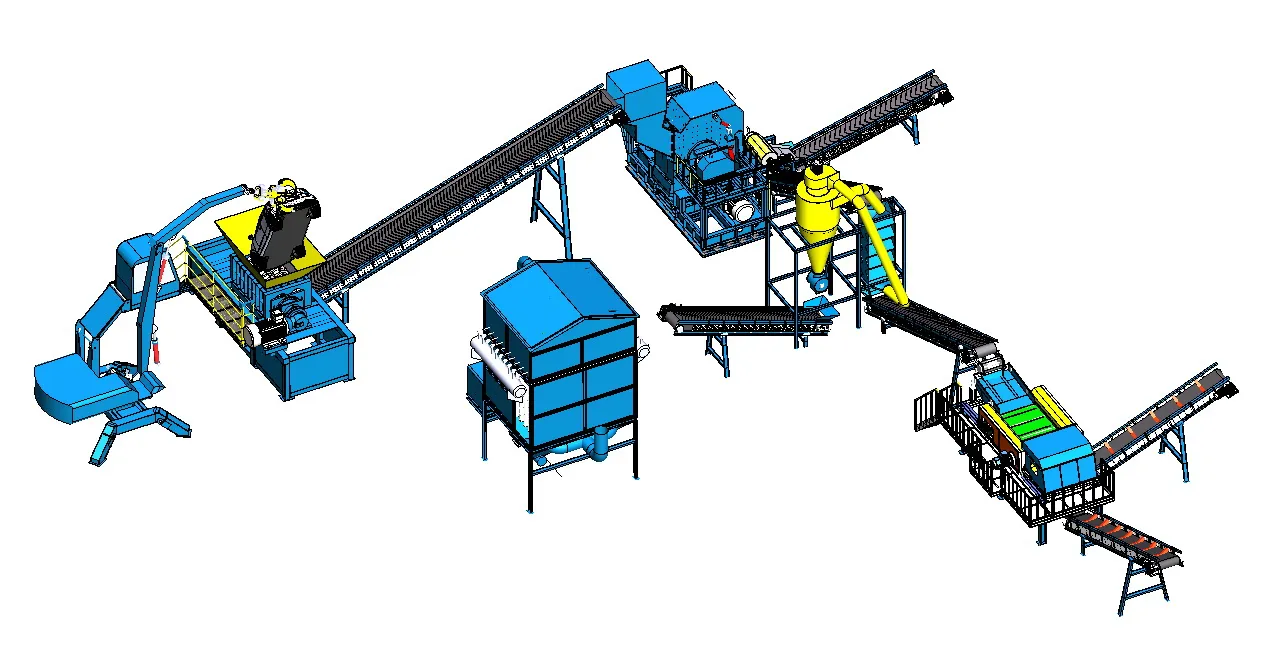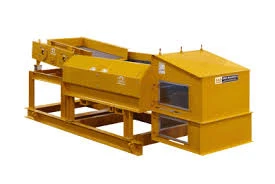Recycling electronics is a crucial and often overlooked aspect of sustainable living. With the rapid advancement of technology, it’s not uncommon for individuals to own multiple electronic devices, each with its own lifespan. The question many face is, how do you recycle electronics effectively while adhering to best practices and minimizing environmental impact?

Proper electronic recycling begins with understanding e-waste and its components. E-waste, or electronic waste, includes devices like computers, smartphones, tablets, televisions, and other electronic appliances. These devices often contain hazardous materials such as lead, mercury, and cadmium, which can cause environmental damage if not disposed of correctly. On the other hand, they also contain valuable materials like gold, silver, and copper that can be reclaimed.
The first step in recycling electronics is conducting an audit on your electronics inventory, identifying which devices are obsolete or unused. This practice not only helps you streamline your gadget use but also ensures you are ready to dispose of or recycle specific items responsibly. Regular audits help keep your electronic footprint minimal and manageable.

Before you recycle any device, confirm any data stored on it is either necessary for your records or can be securely erased. Data security is vital because devices often store sensitive personal or corporate information that must be safeguarded even after disposal. Use trusted software tools to wipe data from smartphones and computers before recycling them.
Finding a certified e-recycler is the next step to ensure the proper handling of your devices. Certified e-recyclers adhere to strict environmental standards and practices. They ensure that electronics are processed in a way that both maximizes the recovery of valuable components and minimizes harmful environmental impacts. The e-Stewards and R2 certifications are two commonly recognized standards globally.
Donating or reselling functioning electronics can be a more sustainable option than recycling. Many organizations accept donations of gently used electronics, refurbish them, and provide them to communities in need. Similarly, platforms such as eBay or Gazelle offer opportunities to sell used electronics, extending their life cycle and reducing e-waste generation.
how do you recycle electronics
For devices that are non-functional or too outdated for donation, using a manufacturer take-back program might be beneficial. Many electronics companies have initiatives to take back their products at the end of their life cycle for responsible recycling. This often involves sending the gadget back to the company or dropping it off at designated collection points.
Local municipal waste programs often have regular e-waste collection events, so staying informed about such initiatives in your area could provide convenient recycling opportunities. During these events, electronics are collected and handled by professionals who ensure they are recycled according to environmental regulations.
When recycling electronics, it’s important to sort them correctly. Batteries, for example, should be removed from most devices before recycling, as they require separate processing due to their specific chemical compositions. Similarly, components like cables and peripherals may need to be recycled differently from the core electronic devices.
Education and involvement are key. Engaging with community programs and spreading awareness about the importance and methods of recycling electronics can create a significant positive impact. Encourage peers and family to follow sustainable practices.
Today,
recycling electronics is not just an option but a responsibility. With the right approach and tools, anyone can contribute to reducing e-waste and promoting environmental sustainability. Implement these practices to ensure you are doing your part in preserving the planet for future generations while reaping the benefits of a decluttered and responsibly managed tech environment.


